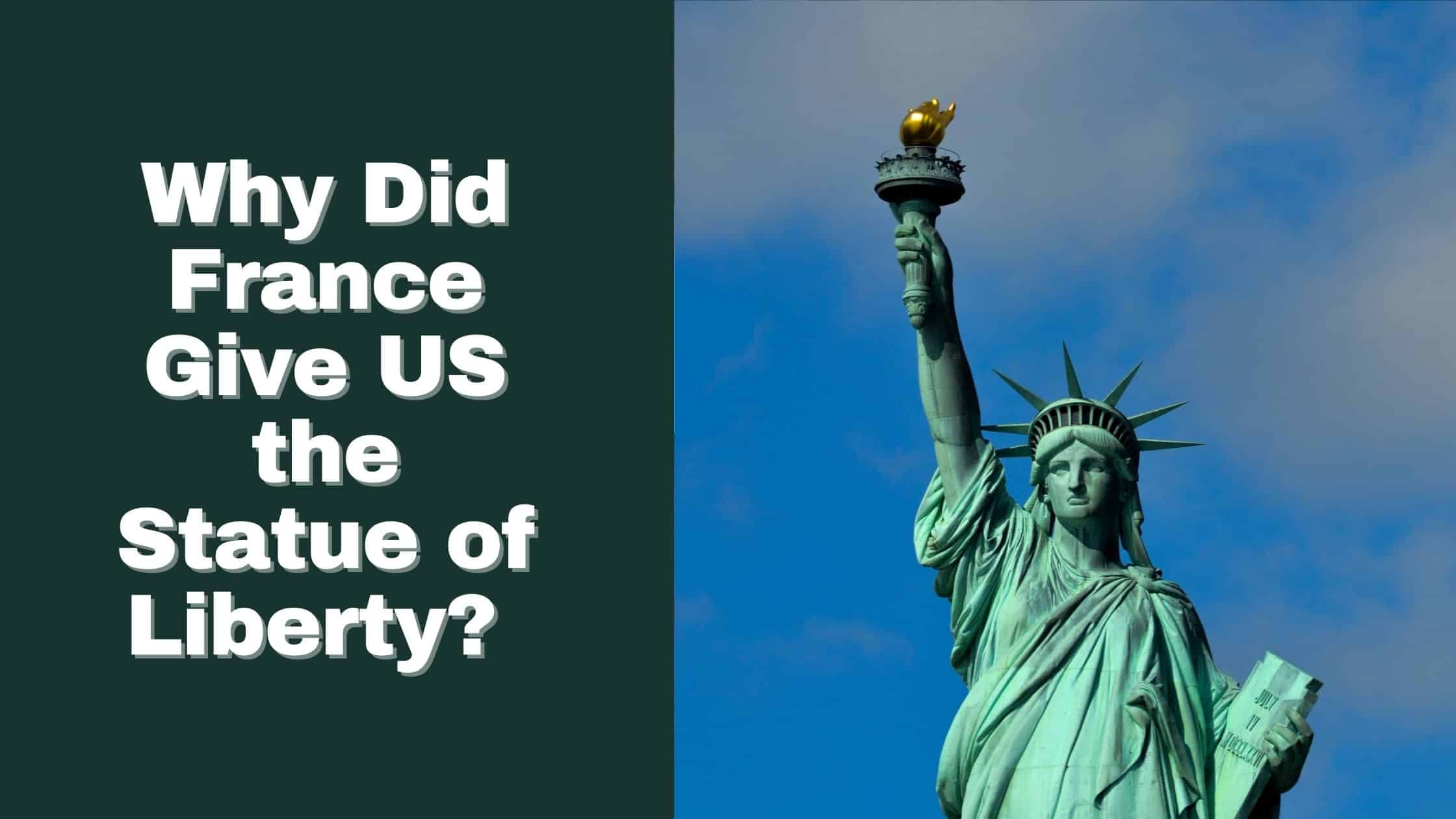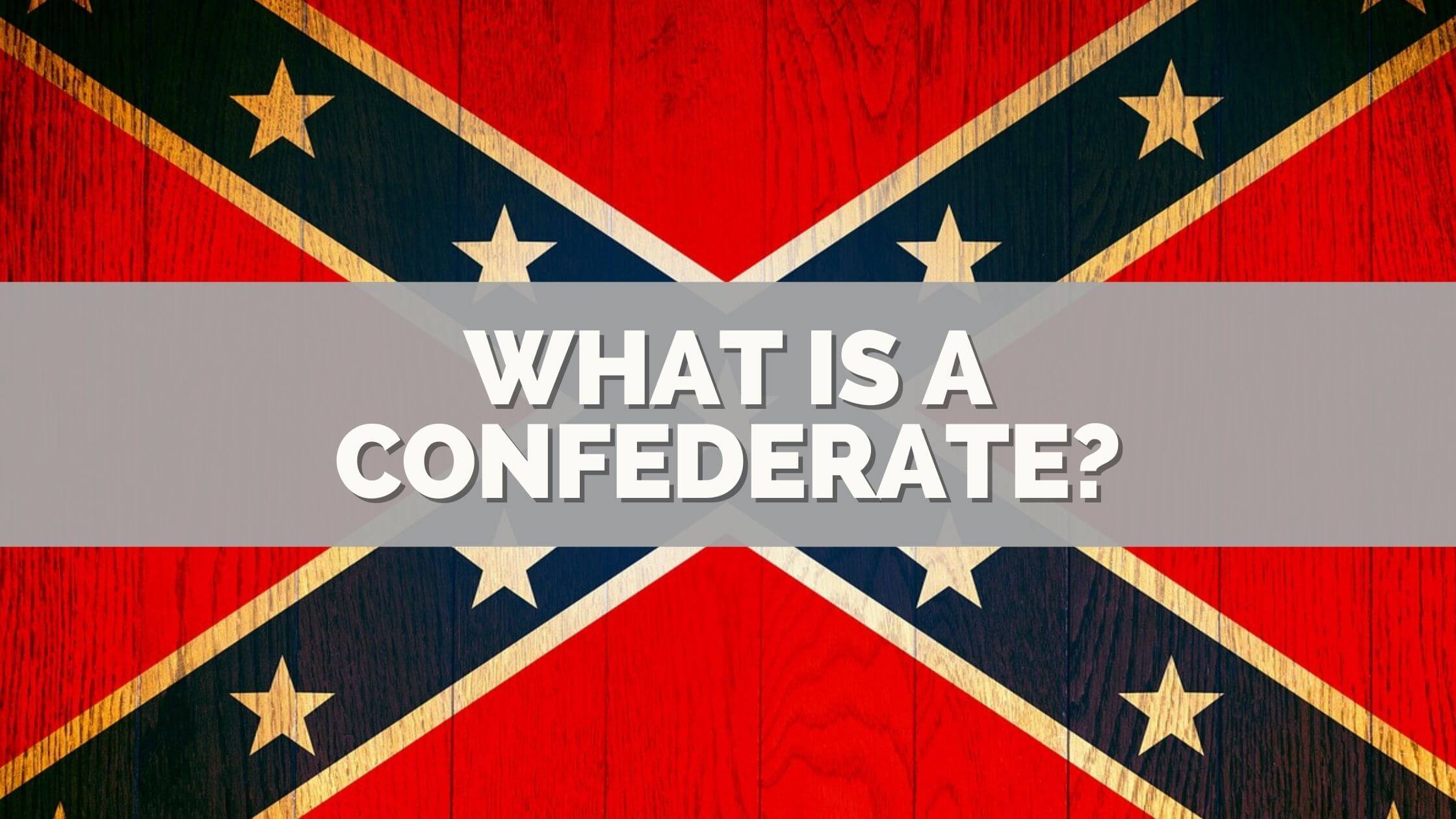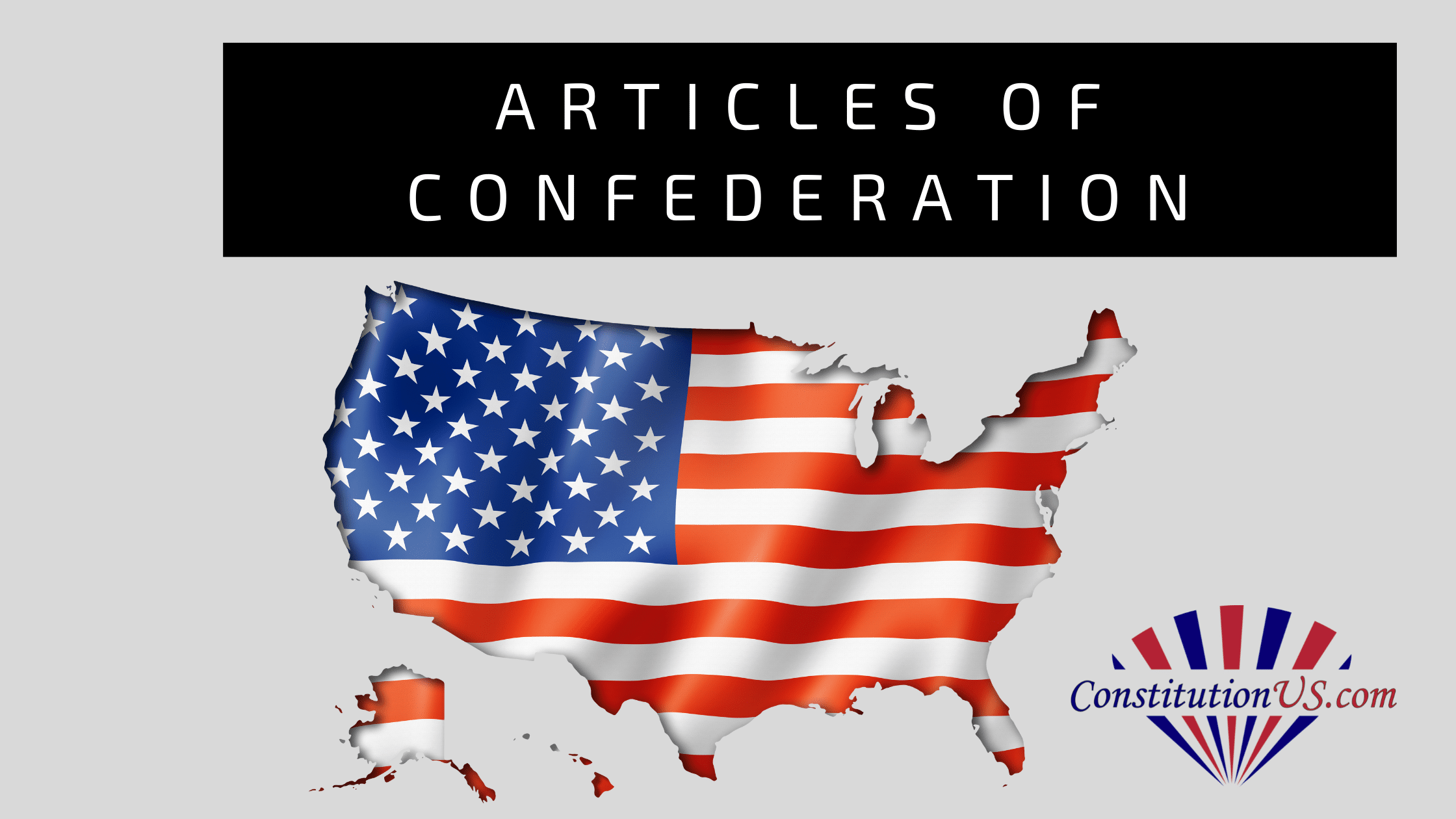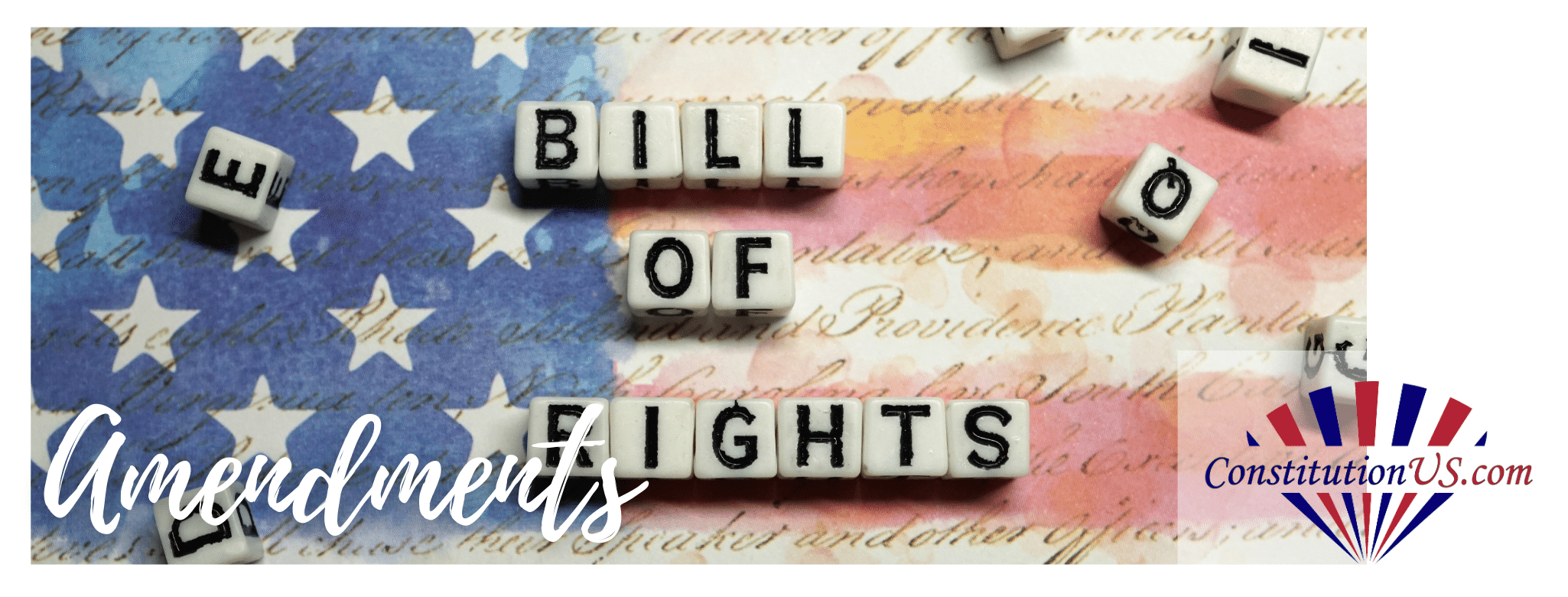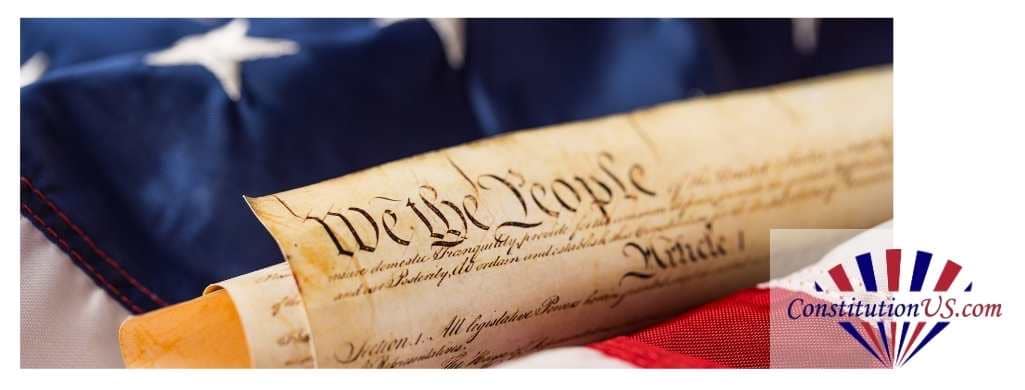Table of Contents
ToggleWho gifted the Statue of Liberty?
On the 4th of July 1884, the colossal neoclassical sculpture “Liberty Enlightening the World” was gifted to the people of the United States by the people of France. It was later renamed the Statue of Liberty.
Why did France give the US the Statue of Liberty?
France gifted the Statue of Liberty to commemorate the centennial of the American Revolutionary War in 1776.
There were three separate parts of the gift:
- The sculpture was gifted to celebrate an important milestone for the nation.
- France wanted to commemorate their alliance with the United States during the Revolutionary War.
- The creators of the sculpture, Edouard de Laboulaye and Auguste Bartholdi, hoped it would inspire the French people to follow the example set by the United States regarding democracy.
A Landmark to Celebrate a Milestone
The most openly given reason for the gifting of the Statue of Liberty, which now stands proudly on Liberty Island in the bay of New York City, was the centennial anniversary of the United States’ independence.

French historian and abolitionist Edouard de Laboulaye proposed building a mighty monument as a gift for the people of the United States to commemorate their achievements as an independent nation.
The monument was to pay homage not only to a century of American democracy but also to the liberation of African American slaves. This monument was to be an ode to liberty and freedom.
By 1870, sculptor Frederic Auguste Bartholdi had been chosen to create designs for the Statue of Liberty.
The design we all know and love today was most likely based in part on the statue Bartholdi had previously proposed for the opening of the Suez Canal.

This landmark sculpture unexpectedly rekindled the cool relationship that had formed between France and the United States in the century following American independence.
To fund the creation, movement, and mounting of the Statue of Liberty, Laboulaye and Bartholdi created the Franco-American union, which raised 600,000 francs and 100,000 dollars to construct Lady Liberty.
Honoring Old Alliances
A secondary motive for creating the Statue of Liberty was to honor and strengthen the kinship and alliance that had formed between the United States and France during the American Revolution.
When America made its bid for freedom, France answered their call for help.
After the war began in 1775, revolutionary colonists knew they were an isolated force facing one of the world’s dominant powers.
The British Empire spanned the globe, and the colonists knew they would need help, so they turned to an old enemy of England.
France had aided Scotland in her wars against England before the Union of the Parliaments. Therefore, it made sense that she would aid America.
The colonists were correct, and France initially offered covert aid and later a full alliance.

Wholesale French support
Sympathetic to the idea of being subject to the rule of an unelected body (in France’s case, a monarchy) and taxed to fund its plans, the French people felt for the colonists.
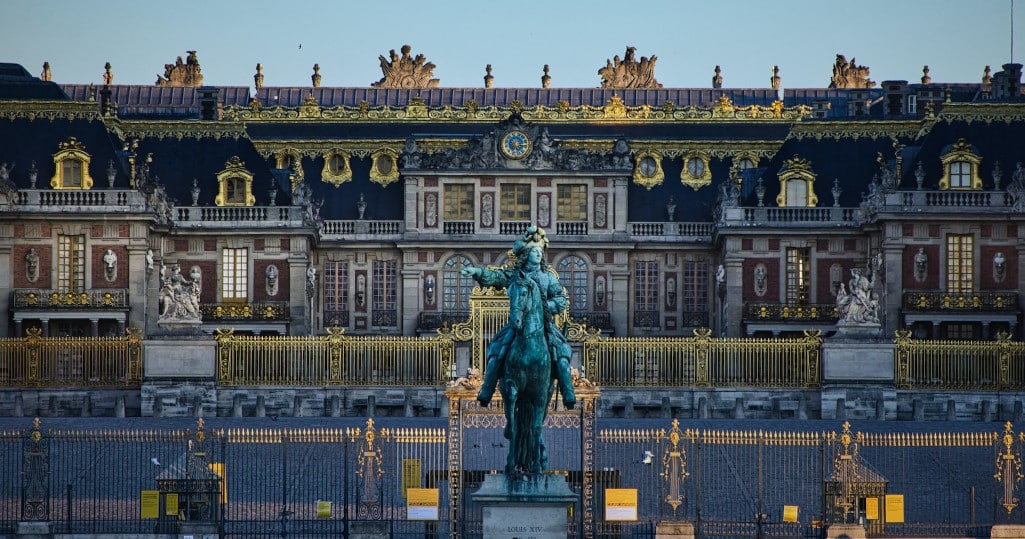
The French monarchy was more interested in biting at its old enemy than in democratic representation.
Whatever their reasons for entering the war, the French did. Their assistance was invaluable to the revolutionary cause and the creation of American liberty and freedom as we know it today.
France gave the Statue of Liberty to the United States partly to commemorate this connection and camaraderie.
Lighting Liberty’s Way Across the World
Laboulaye and Bartholdi had a third motive for pushing the construction and gifting of the Statue of Liberty.
In 1865, France was experiencing internal divisions between those committed to a constitutional monarchy and the idea of the divine right of kings and those who wanted democratic processes and progress.
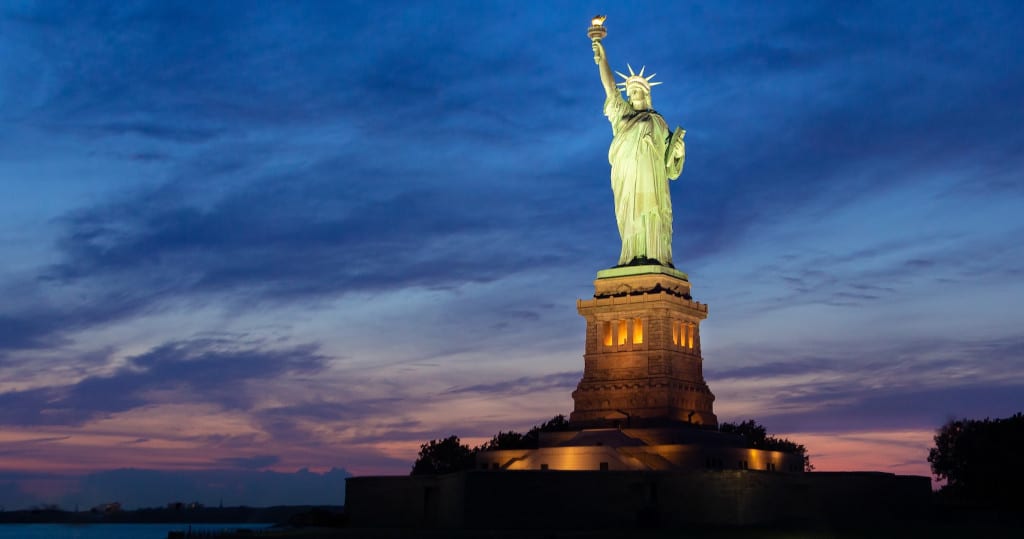
Edouard de Laboulaye and Frédéric Auguste Bartholdi supported the concept of liberty, dignity, and justice for all people, but these concepts could be controversial in 19th-century France.
Liberty was indelibly connected with the idea of revolution in some minds. Laboulaye and Bartholdi wanted to show that this needn’t be so.
While Lady Liberty was often depicted holding a sword, in 19th-century art, Bartholdi opted for a more balanced and tranquil image. His Lady Liberty was to have a torch and light the way for others to follow her.
The style hailed back to classical sculptures, and her face was designed to be serene and mildly androgynous.

The Statue of Liberty was, in part, gifted to the United States as a statement and a call to action. She was a celebration of what America had achieved but also a reminder to France that liberty should be above politics, that liberty was the natural state and divine right of all people.
Last But Not Least: Laboulaye’s Personal Reason
As the driving force behind the creation and gifting of the Statue of Liberty, Edouard de Laboulaye is often viewed as a benevolent and selfless political visionary.
While it is true that Laboulaye was an abolitionist who firmly believed in the pursuit of, and right to, liberty within the working classes, his motives were not entirely selfless.

Get Smarter on US News, History, and the Constitution
Join the thousands of fellow patriots who rely on our 5-minute newsletter to stay informed on the key events and trends that shaped our nation's past and continue to shape its present.
Laboulaye’s reputation had suffered amongst the pro-monarchists because of his liberal beliefs.
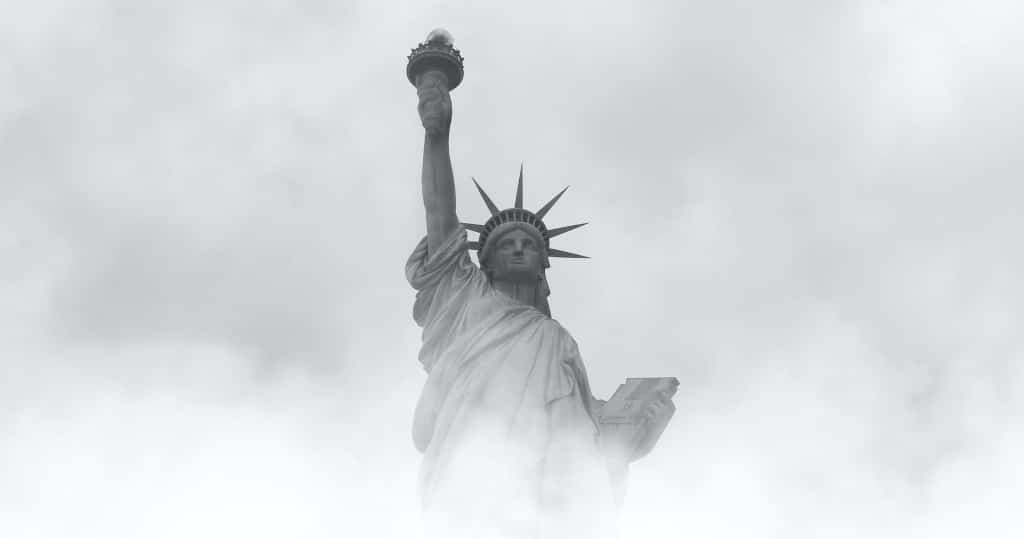
However, he also faced opposition from the liberal revolutionaries of France because of his anti-violent stance. In 1871, France experienced an uprising among the middle and working classes.
Governmental forces brutally crushed this uprising, and despite his liberal views, Laboulaye supported the governmental repression of this uprising.
Furthermore, he spoke out against violent protests and earned sharp criticism from his colleagues as a direct result.
Statue of Liberty: An exercise in reputation rehabilitation?
The creation, funding, and donation of the Statue of Liberty could arguably be seen as a reputation repair project.
While Laboulaye remained staunchly opposed to violence, the Statue of Liberty project presented an opportunity for him to reframe his stance as enlightened and temperate rather than conciliatory.
So, while there were two public reasons why France gifted the United States Lady Liberty, there were two other, more private, reasons why Bartholdi and Laboulaye worked so hard to raise funds and bring the Statue of Liberty to life.
External Sources about Statue of Liberty:
- https://www.nps.gov/stli/learn/historyculture/statue-statistics.htm
The National Park Service (NPS) is an authoritative source on U.S. landmarks. This page provides detailed statistics about the Statue of Liberty, including its height, weight, and construction materials, directly supporting the post’s factual claims. - https://www.history.com/articles/statue-of-liberty
History.com is a reliable source for historical information. This article explains the origins of the Statue of Liberty, including France’s motivations for gifting it and the roles of Laboulaye and Bartholdi, aligning with the post’s narrative. - https://www.loc.gov/item/today-in-history/june-19/
The Library of Congress provides authoritative historical context. This page discusses the Franco-American alliance during the Revolutionary War, which is central to understanding why France gifted the Statue of Liberty. - https://www.britannica.com/topic/Statue-of-Liberty
Encyclopaedia Britannica is a trusted reference source. This entry covers the Statue of Liberty’s design, construction, and symbolic significance, corroborating the post’s details about Bartholdi’s inspiration and the statue’s purpose.
